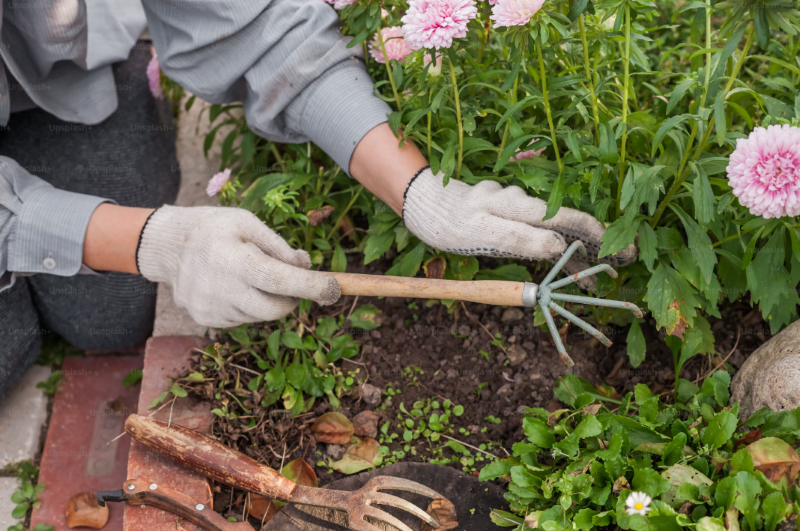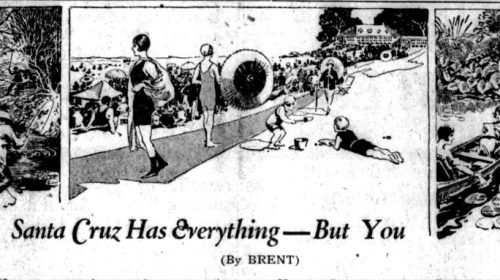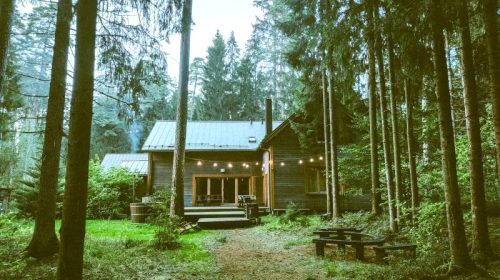Spring Gardening Rituals: Weeding and Tending Soil
By Josh Reilly
I’m Weeding in the Rain, I’m Weeding in the Rain!
Watching Spring rainfall is one of the most satisfying, if maddening rituals of gardening. The rhythmic drumming of rain on the roof brings relief and joy, partly because in California drought is the default, water is expensive, and hot, dry conditions can bring real destruction. We hope, pray, and read the Weather Section furiously, talk over the fence with our neighbors and look skyward with longing. Like every generation that has ever walked this Earth, we know that rain gives us life. While it’s falling and for about a day afterward, however, we may want to stay out of the garden. And not just because we don’t want the mud tracked in.
There’s some debate about the effects of disturbing wet soil. Some observers tell us we should not do it. Others say tread carefully (pun fully intended). Others say that working wet soil is only a problem at scale in agriculture. In our backyard gardens, the effect is too small to measure.
Soil disruption occurs during cultivation and tillage, weeding, walking, digging, and adding soil amendments, like compost (less disruptive) and fertilizer (more disruptive). All these practices can damage soil structure and cause compaction. In compacted soil, the movement of air, water, nutrients and soil organisms is restricted. The effect is worse when the soil is wet. Still, Winter is peak weed season here in the SLV and it’s a lot easier to pull weeds from damp soil. So, weed in the rain (or shortly after) or not? My answer is “yes and no.” I deploy a combination of smothering and mulching, mechanical cultivation (hoeing), torch-weeding and hand-pulling.
Smothering and mulching are probably best done in Fall, before the Winter weed season and the rain. I use leaves, and large sheets of cardboard to smother weeds in paths, and raised beds. I use “mini-mulch” wood chips in the planting beds, applied in Fall and/or in Spring after weeding.
To cultivate, I use a shovel, arrowhead or flat hoe in paths and beds and only in the top inch or so of soil. The tool slices weed roots or pulls them up. Don’t leave the weed roots in place. If you do that, you might as well fertilize and water the weeds too.
There will, of course, still be hand weed-pulling to do. It’s the most effective and thorough method and is necessary around plants and garden features that might be damaged by a hoe. It removes the roots and “cultivates” the soil as deeply as the weed roots grow, bringing you both the benefits and costs of cultivation. And it takes forever. Especially when the soil is wet.
So, in summary, go ahead and weed in the rain (or the next day), but keep these provisos in mind. Finally, no matter what, remember that fresh compost will cover a multitude of sins. “50/50 mix” from Central Home Supply in Scotts Valley is a great choice, but any properly aged “mellowed” organic matter is fine.
Josh Reilly, aka Uncle Skip, writes about seasonal gardening from his home in beautiful Ben Lomond, California.
(Photo by Diana Light)
***
Have photos or an article to share? The team at the San Lorenzo Valley Post welcomes your Santa Cruz Mountains news, story ideas, photos, and letters. Send us an email.
Sign up for our newsletter to stay connected to news and events in the Santa Cruz Mountains.
The San Lorenzo Valley Post is your essential guide to life in the Santa Cruz Mountains. We're dedicated to delivering the latest news, events, and stories that matter to our community. From local government to schools, from environmental issues to the arts, we're committed to providing comprehensive and unbiased coverage. We believe in the power of community journalism and strive to be a platform for diverse voices.





